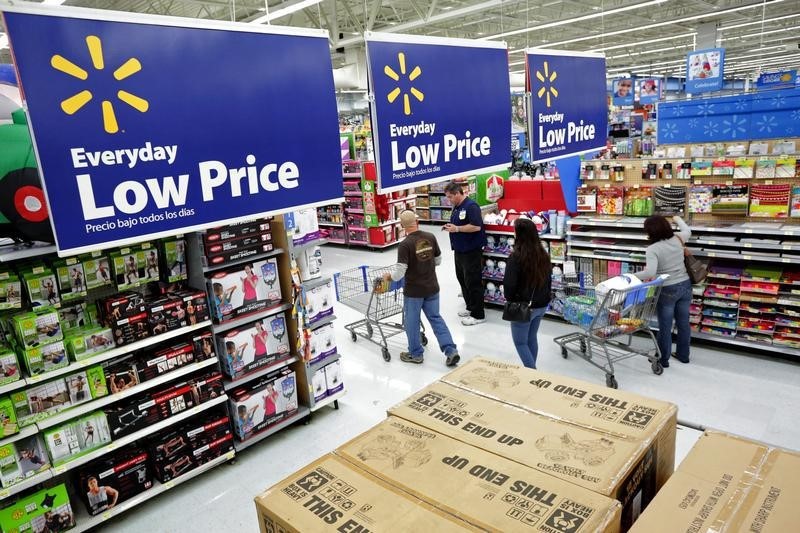By Lucia Mutikani
WASHINGTON (Reuters) - U.S. consumer spending recorded its biggest decline since late 2009 in December, with households appearing to save the extra cash from cheaper gasoline, which could support future consumption.
The Commerce Department said on Monday consumer spending, which accounts for more than two-thirds of U.S. economic activity, fell 0.3 percent after a 0.5 percent gain in November.
It was the largest drop since September 2009 and reflected big declines in spending on both durable and nondurable goods.
When adjusted for inflation, consumer spending dipped 0.1 percent, the weakest reading since last April, after increasing 0.7 percent in November.
Prices for longer-dated U.S. government debt briefly rose on the data, while the dollar fell against a basket of currencies. U.S. stock index futures pared gains.
The data was included in Friday's fourth-quarter gross domestic product report, which showed the economy growing at a 2.6 percent annual pace, with consumer spending rising at a brisk 4.3 percent rate - the fastest since 2006.
Despite ending 2014 on a weak note, lower gasoline prices and a firming labour market are expected to provide a huge tailwind to consumer spending in the first quarter.
Households have so far used much of the extra income from cheap gasoline to pay down debt and boost savings, according to economists. Gasoline prices have plunged 43 percent since June, according to U.S. government data.
In December, income increased 0.3 percent after a similar gain in November. Income at the disposal of households after accounting for inflation increased 0.5 percent, the largest rise since last March.
The saving rate rose to 4.9 percent from 4.3 percent in the prior month.
Lower gasoline prices put a damper on price pressures in December, with key inflation gauges slipping further below the Federal Reserve's 2 percent target. A price index for consumer spending fell 0.2 percent after a similar decline in November.
In the 12 months through December, the personal consumption expenditures (PCE) price index rose 0.7 percent, the weakest reading since October 2009, slowing from a 1.2 percent increase in November.
Excluding food and energy, prices were unchanged for a second straight month. The so-called core PCE price index increased 1.3 percent in the 12 months through December.
The Fed has repeatedly said it viewed the oil-driven decline in inflation as transitory and expected inflation to move back to its target.
